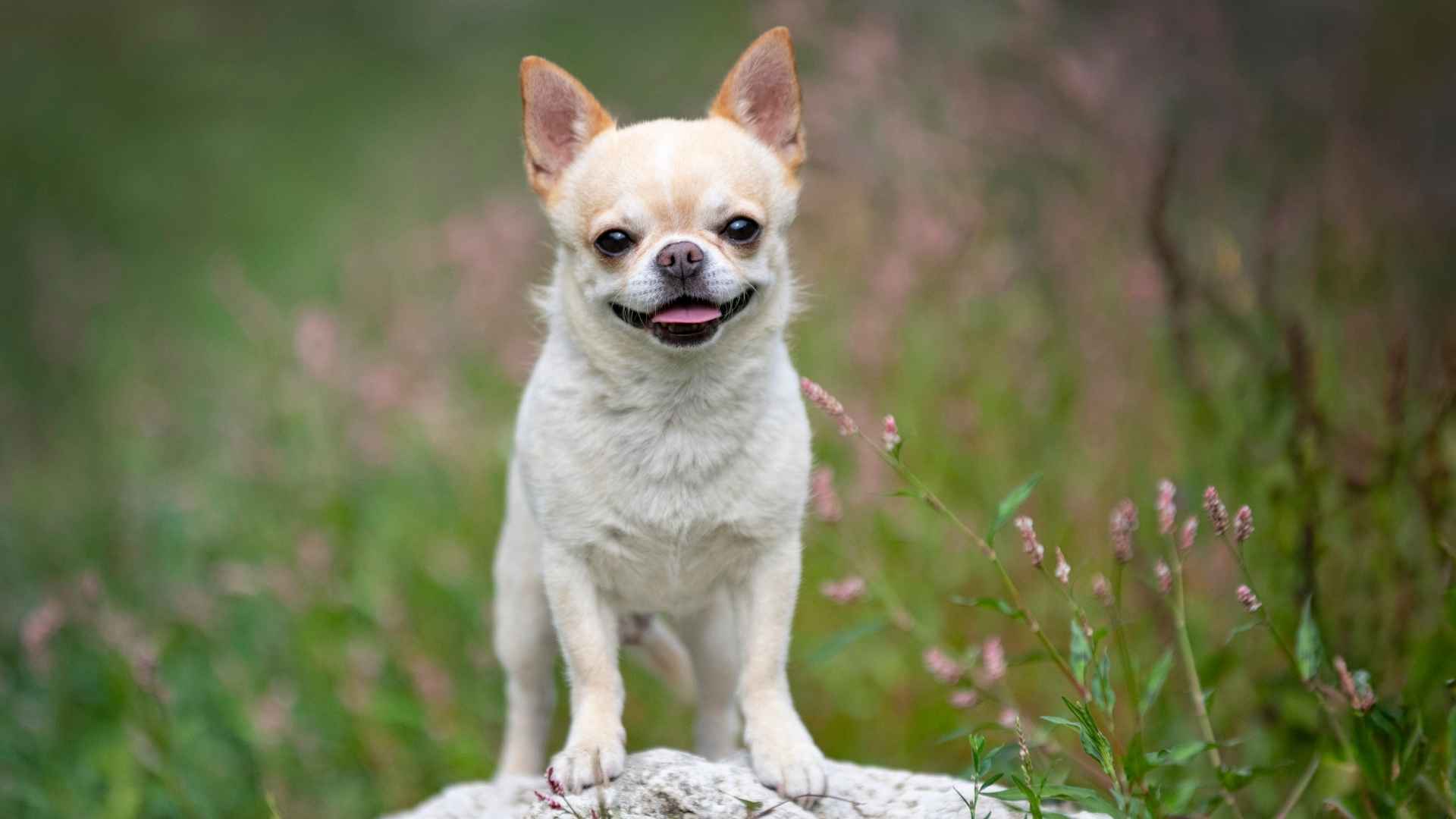Living in a city has its perks—coffee shops, delivery, and everything within reach. But it also means less space, more stairs, and a daily rhythm that doesn’t slow down.
Big dogs? They’re gorgeous, sure, but not always made for tight elevators, small apartments, or quick morning walks. That’s where small dogs shine. They’re easy to carry, quick to adapt, and just right for people who love dogs but not the chaos that comes with them.
Whether you’re a first-time owner or someone downsizing your space, smaller pups offer something big dogs often can’t—freedom. And yes, they still bring all the loyalty, love, and energy you’d expect.
So if you’re tired of hearing “you can’t have a dog in the city,” you’re going to love what comes next. This article will walk you through adorable, manageable dog breeds under 15 pounds—perfect for urban souls and small-space living.
Dog Breeds Under 15 Pounds
1. Affenpinscher

The Affenpinscher weighs under 10 pounds, but don’t expect a quiet lapdog. With its bold, curious nature, it tends to act more like a watchdog than a toy breed. It’s alert, expressive, and always aware of what’s happening around it.
Scruffy charm with a serious streak
That famously messy face and wiry coat aren’t just for show — this dog was originally bred to catch rats in kitchens and stables, as mentioned in its breed profile by AKC. It still carries that confident edge today. Its scruffy look comes with a sharp, observant mind.

Best in calm, attentive households
Affenpinschers thrive when they’re given space to explore, but don’t do well with constant handling or chaos. They’re not ideal for households with young children tugging at them. Consistent routines help them feel more secure and relaxed.
Low-shedding and built for city life
Their small size makes them a great fit for apartment living or urban homes with limited space. Among small dog breeds, they’re surprisingly independent. While not typically labeled great family dogs, they’re deeply loyal to their chosen person.
2. Biewer Terrier
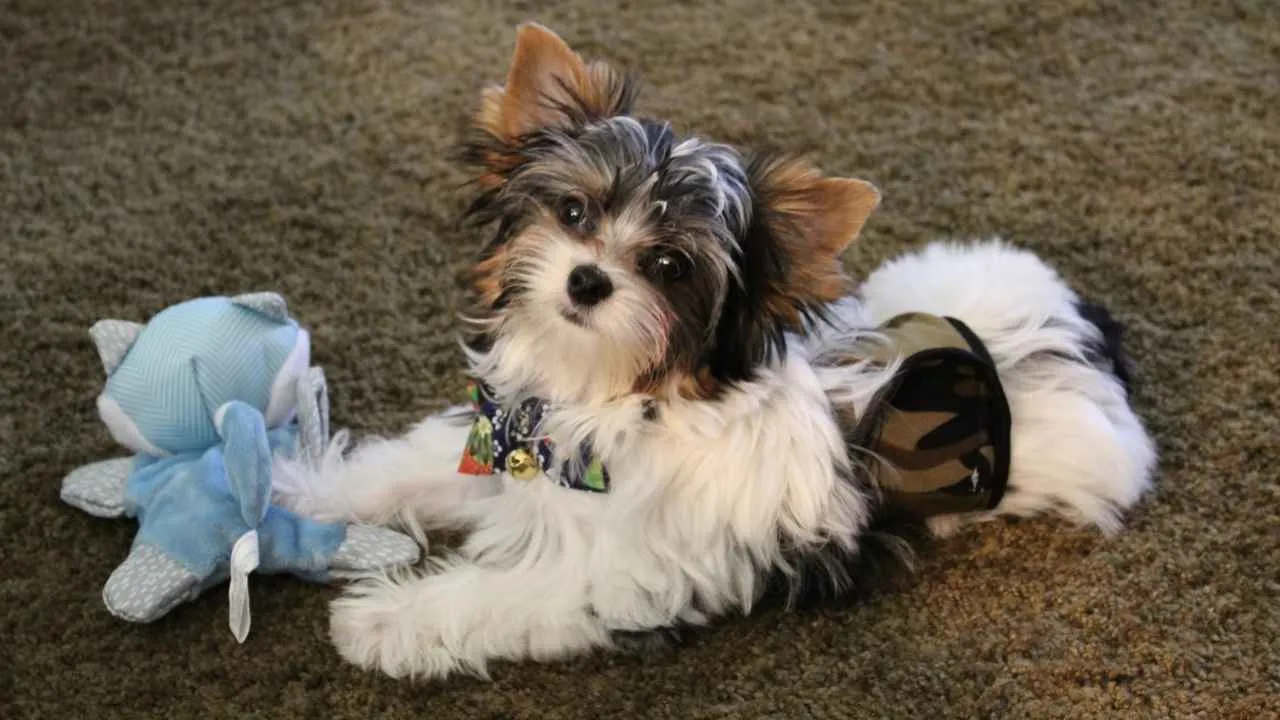
The Biewer Terrier stands out with its floor-length, straight coat that falls in a rare tricolor pattern—white, black, and tan. Grooming is a daily ritual, but the coat’s fine texture makes it manageable. It often gets mistaken for a show dog, but this breed is full of playful energy.
Light on the scale, big on affection
Weighing between 4 and 8 pounds, the Biewer is light enough to carry in one arm but emotionally tuned into every movement at home. It shadows its favorite human without being demanding. Unlike other small dog breeds, it has a calm yet cheerful nature that feels well-balanced.
A companion that adapts to your pace
This breed adjusts well to household rhythms—it can keep up with playtime or nap through a quiet afternoon. Biewers are excellent family dogs when raised with gentle handling and routines. They build trust slowly, but once they bond, the loyalty runs deep.
Allergy-sensitive owners take note
As a true hypoallergenic dog, the Biewer Terrier rarely triggers reactions thanks to its hair-like coat and low dander levels, as per Hypoallergenic Homes. It’s ideal for sensitive homes that want a lap dog without the sniffles. Just be ready for regular brushing to keep tangles away.
3. Pomeranian
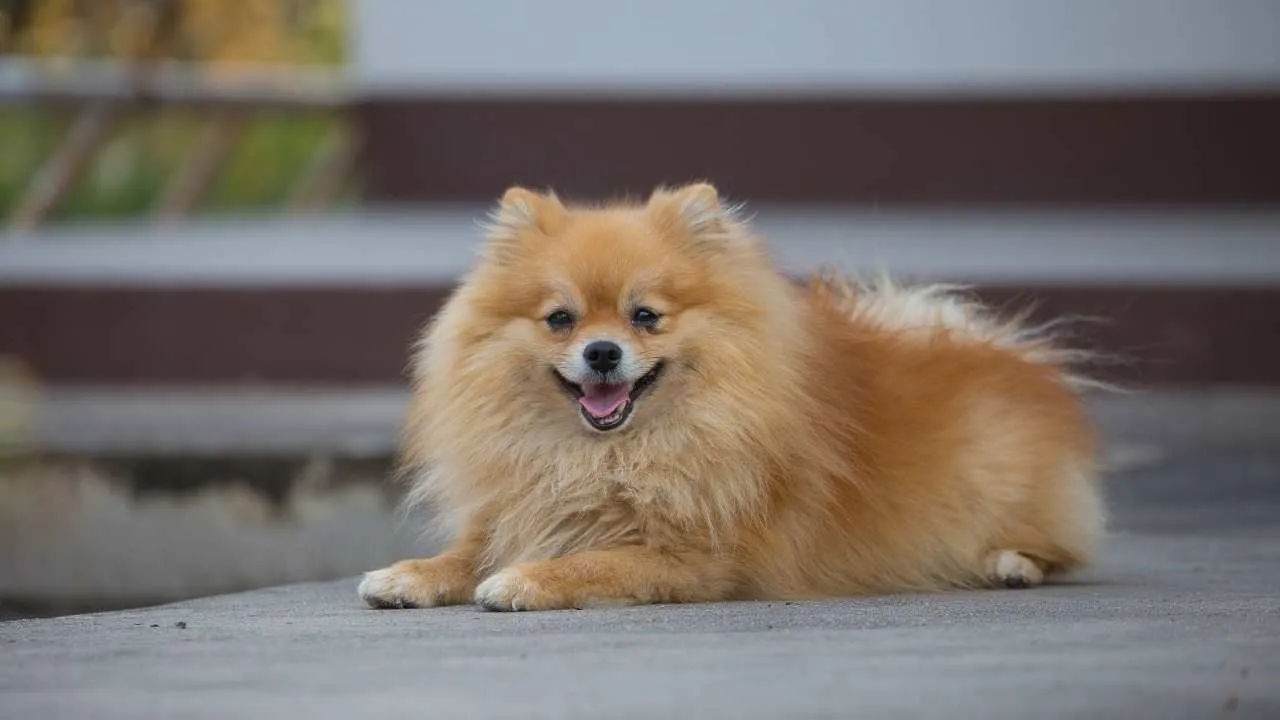
The Pomeranian might weigh under 7 pounds, but its bark can fill a room. It often acts as a self-appointed guardian, alerting its humans to any movement near the door. That bold confidence is part of what makes it so iconic.
Fox-like face and dense double coat
This breed’s thick undercoat and frill of fur around the neck give it a lion-like silhouette. It requires consistent brushing to avoid matting, especially around the hind legs and behind the ears. Regular grooming isn’t optional; it’s essential.
Not always a group player
While it can live with other dogs, Pomeranians often prefer to be the only dog in the household. They’re deeply attached to their humans and may become territorial over toys or space. Early socialization helps manage that behavior.
Not just a lap ornament
Though they rank among the most popular dogs, they’re not passive by any means. They need mental stimulation to avoid destructive behavior. With firm boundaries, they can grow into good family dogs who charm everyone they meet.
4. Bolognese
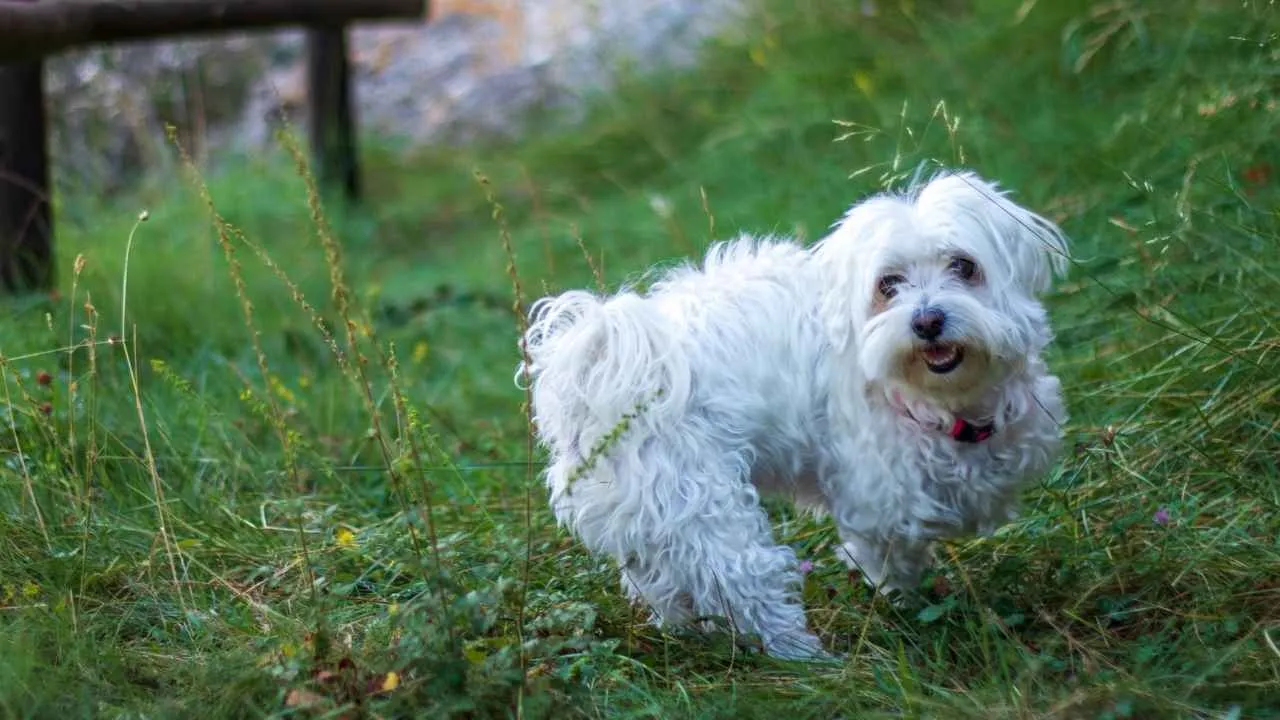
The Bolognese isn’t one to bark without reason—it observes first, then reacts. This makes it an excellent companion for people who appreciate a peaceful house. It forms intense one-person bonds and often shadows its favorite human around the home.
Cotton-ball look with grooming needs
Its long coat isn’t just pretty—it’s a full-time commitment. The hair mats easily without regular brushing, but it doesn’t shed like double-coated breeds. It’s more about upkeep than cleanup when it comes to coat care.
A true definition of small stature
Tipping the scale at around 6–10 pounds, its small stature makes it a breeze to carry or travel with. But the Bolognese isn’t a fragile pushover—it’s sturdy for its size. It moves with a confident, balanced gait not often seen in little dogs.
Reserved, not shy
Around strangers, it tends to hold back and watch before joining in. That doesn’t mean it’s nervous—just selective. Socializing it early helps balance its loyal nature with a touch more openness, especially when living with little dogs or in multi-pet homes.
5. Papillon

Papillons are thinkers, quick to pick up cues, routines, and even your habits without formal training. Their mental sharpness makes them excel in puzzle games and fast-paced environments. They respond better to engagement than repetition.
Not just a pretty face
Though often seen dazzling in dog shows, the Papillon isn’t just about flair. Its long, fringed ears and flowing coat don’t slow it down; it’s agile, athletic, and thrives on challenge. It loves having a job, no matter how small.
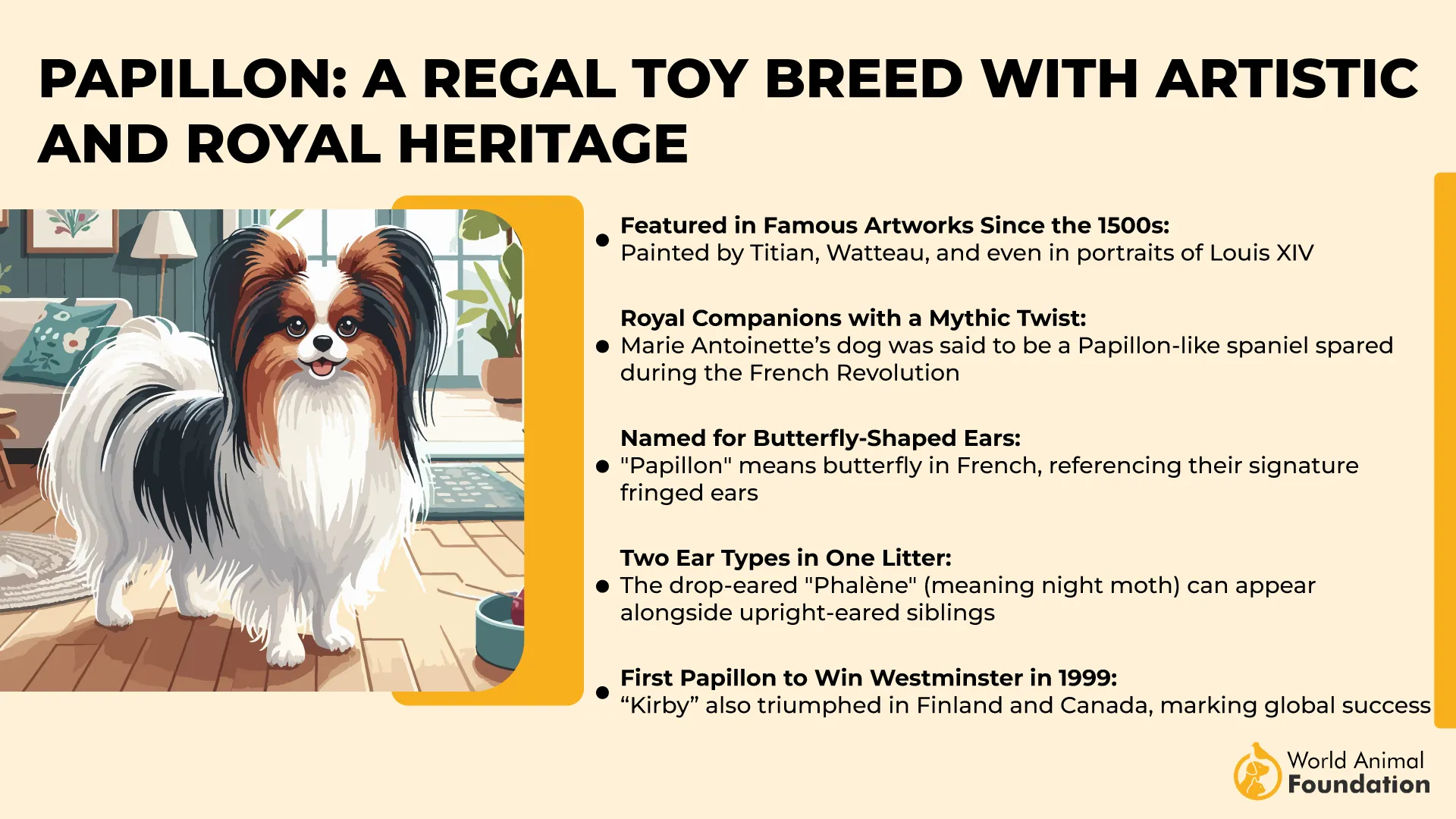
Feather-light but full of heart
Weighing between 5–10 pounds, this dog, native to France, carries itself with an almost fearless attitude, as highlighted in Britannica. Its high confidence doesn’t come off as bossy, just spirited. It adjusts well to travel, small spaces, and even multi-pet households.
Bonds through interaction, not just cuddles
Papillons do best in families that enjoy teaching tricks, playing mentally stimulating games, and keeping things varied. They’re excellent family pets, especially when everyone participates. Often called the best dog for people who want brains with beauty.
6. Maltese
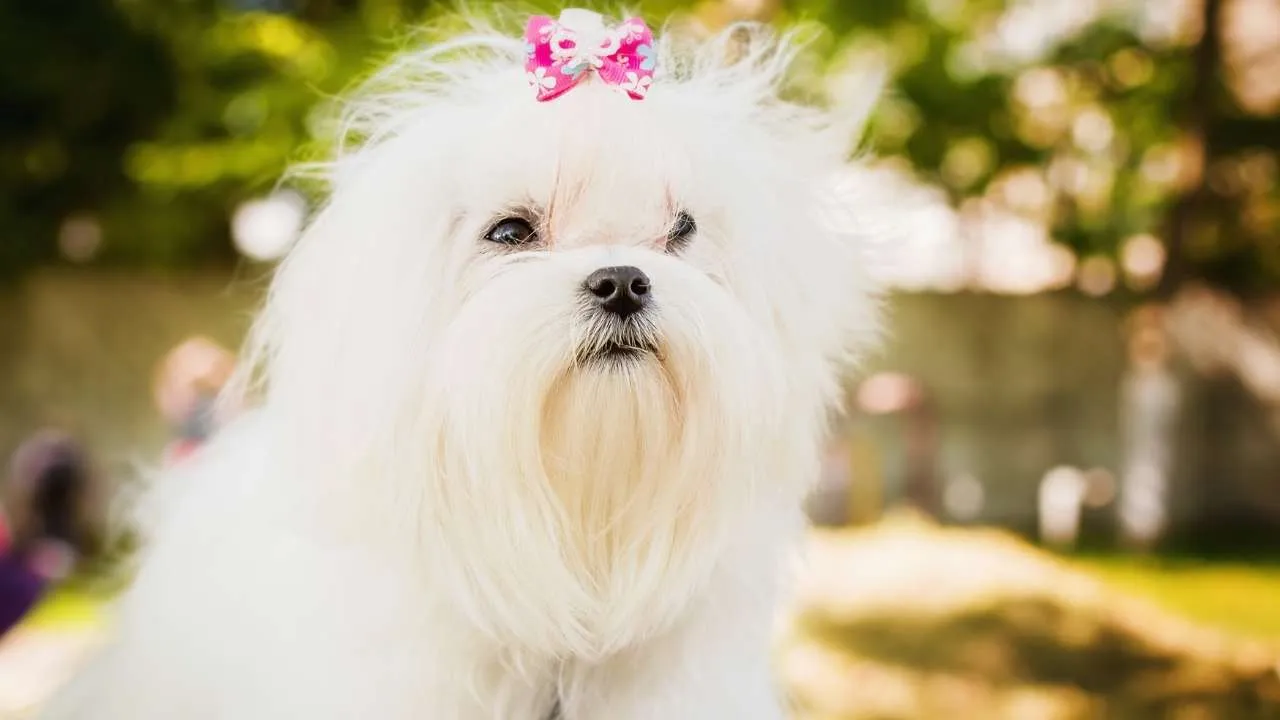
The Maltese has been a pampered lapdog since the Roman Empire, often depicted in ancient art as a symbol of luxury and affection. But it’s not just history—it still carries that same regal, gentle air in its stride. Despite its size, it’s naturally poised and observant.
A coat that defines the breed
While commonly shown with long flowing hair, many pet owners opt for a tidy, practical cut that mimics a short coat for easier maintenance. The texture is silky, not woolly, and needs careful brushing if grown out. This coat also doesn’t shed much, making it easier to live with indoors.
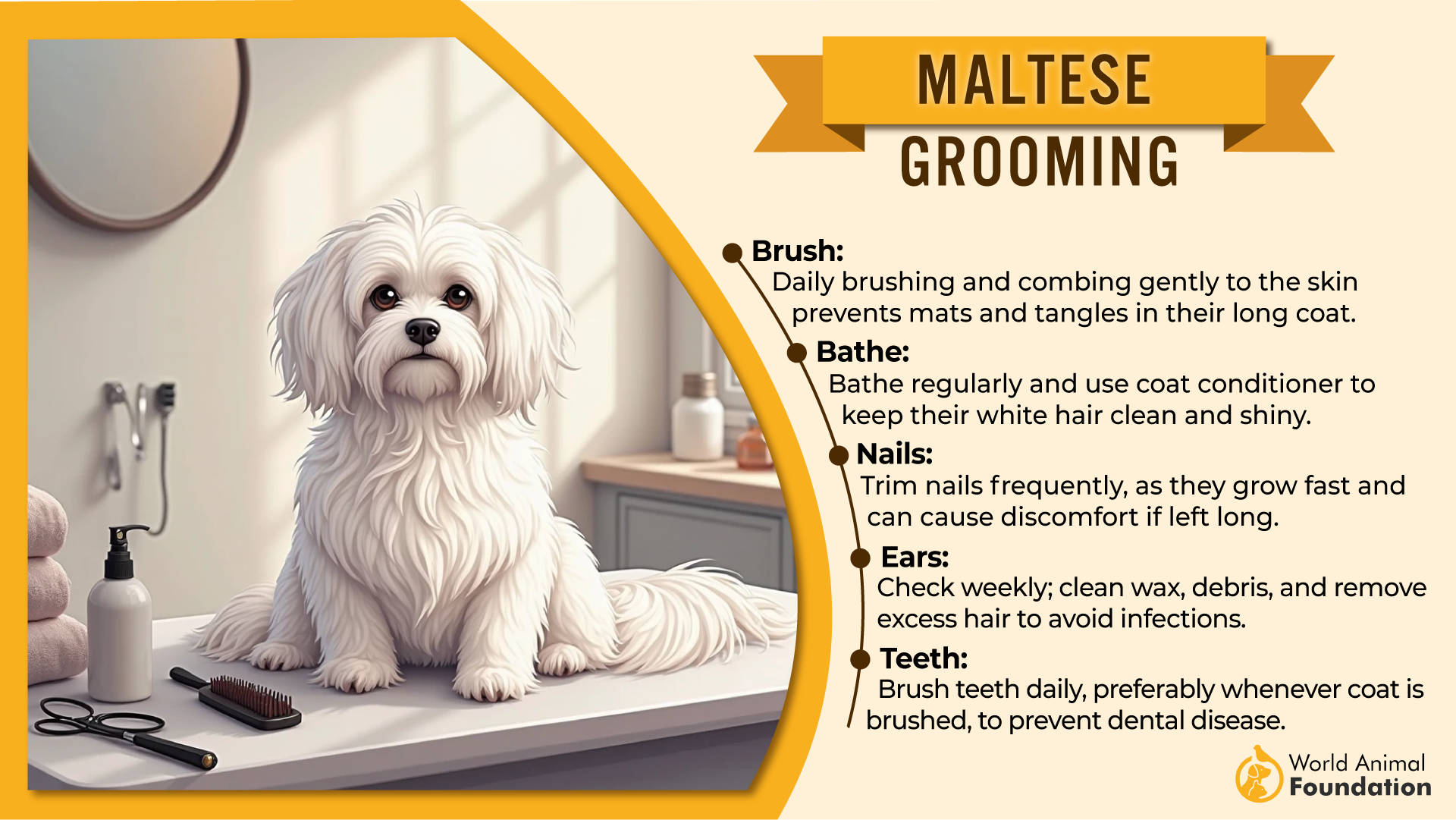
Temperament built for quiet homes
Maltese dogs form strong one-on-one attachments and thrive in calm, consistent environments. Their small size can make them nervous around large or loud pets. They’re part of the small breeds group, but emotionally, they’re closer to companions than typical lapdogs.
Energy with a gentle edge
While they enjoy short walks and light play, they’re not demanding when it comes to exercise. Their energy shows more in bursts of excitement during playtime or when greeting their favorite humans. Add in their friendly personalities, and you’ve got a pup that fits in with quieter households.
7. Chihuahua
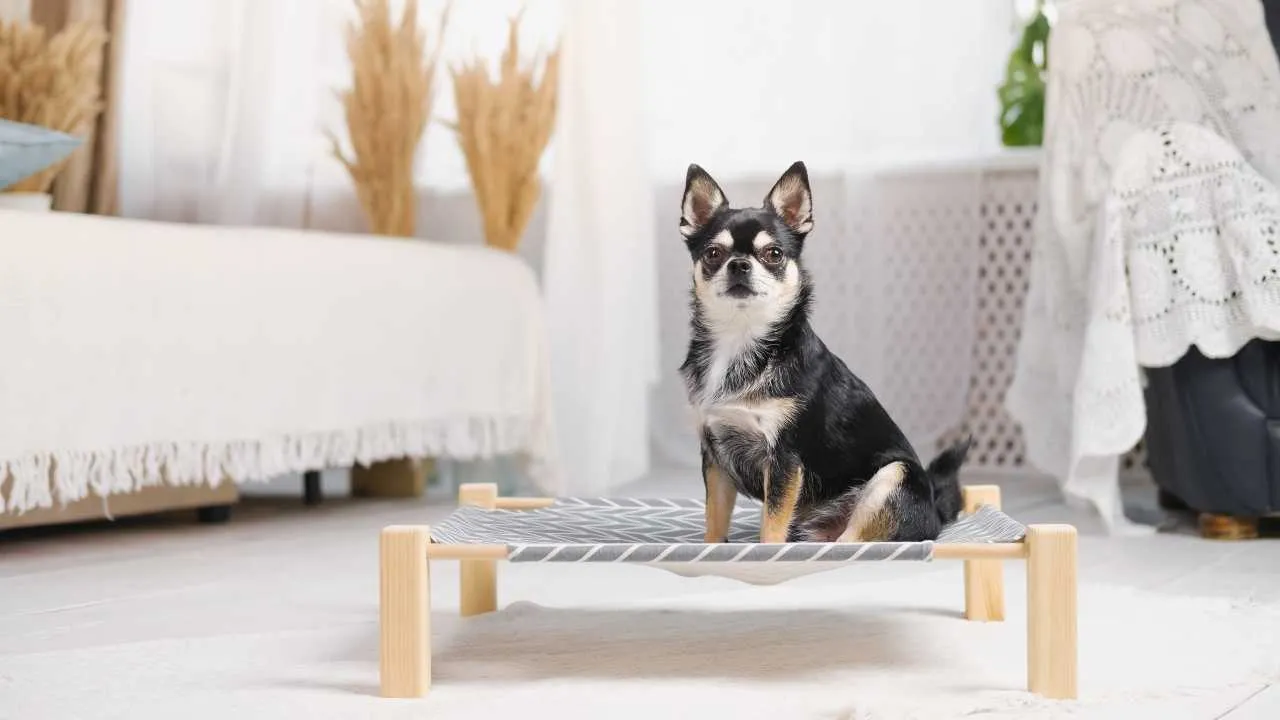
Chihuahuas may weigh only 4–6 pounds, but they don’t miss a thing happening around them. They’re known to form strong opinions about who’s allowed in their space. Their ears twitch at the softest sounds, and their instincts are sharper than you’d expect.
Personalities vary by lineage
Not all Chihuahuas behave the same—some lines are feisty and vocal, others calm and even-tempered. Those from quieter bloodlines tend to settle better in homes with less daily commotion. Breeders often select for temperament, not just appearance.
A breed that craves closeness
What makes them stand out from other tiny breeds is how intensely they bond with one person. They shadow their favorite human, following room to room with laser focus. If you’re looking for a great companion that sticks like glue, this is it.
Size doesn’t mean timid
Despite their delicate build, Chihuahuas don’t automatically get along with smaller animals unless socialized early. They often act with a big personality, especially when feeling protective. Proper early exposure shapes how well they blend in multi-pet homes.
Conclusion
When it comes to picking a pup that fits your lifestyle, small doesn’t mean simple. Each of these tiny breeds brings something bold to the table—some are ideal for homes with older children, while others prefer a quieter bond with one human.
From dogs with smooth coats that need little grooming to those with rough coats that require regular care, there’s truly a match for everyone. And if you’re looking for guidance, a breed weight chart can help narrow the best fit for your space and routine.
Just remember: these dogs may be compact, but their personalities are anything but small. Many of them are extremely intelligent, fun-loving, and fiercely loyal. Whether it’s their expressive face, high trainability, or high energy, these pint-sized pups prove every day that size is just a number.


